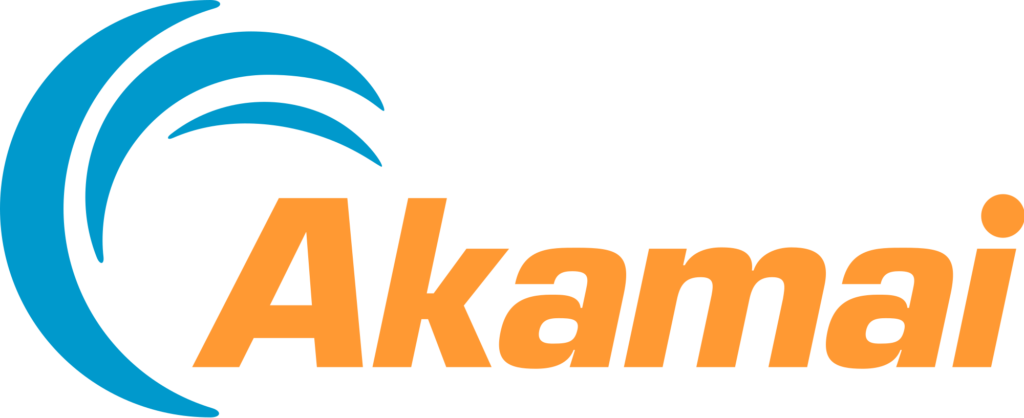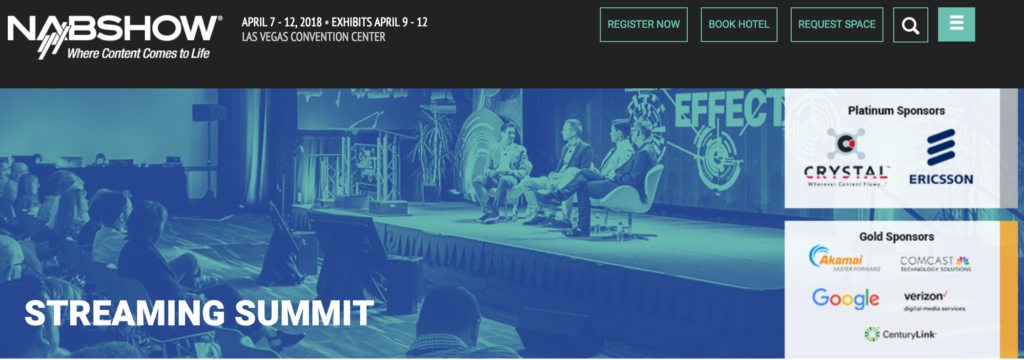 In December of last year, Hedge fund Elliott Management disclosed they had taken a 6.5% stake in Akamai, with the goal of trying to force Akamai to make operational and strategic changes, in an effort to maximize shareholder value. Today, Akamai announced what some of those initiatives would be. One of the ideas that has been floating around Wall Street is that Elliott wants Akamai to sell off their media business to a third-party and exit that portion of the market. While that sounds like a positive thing to do from a numbers standpoint, since it would greatly reduce Akamai’s CAPEX spend, in reality, it can’t easily be done from a technical level and would have a negative impact on Akamai’s other product lines. Investors should put it out of their mind that Akamai is going to sell off their media business.
In December of last year, Hedge fund Elliott Management disclosed they had taken a 6.5% stake in Akamai, with the goal of trying to force Akamai to make operational and strategic changes, in an effort to maximize shareholder value. Today, Akamai announced what some of those initiatives would be. One of the ideas that has been floating around Wall Street is that Elliott wants Akamai to sell off their media business to a third-party and exit that portion of the market. While that sounds like a positive thing to do from a numbers standpoint, since it would greatly reduce Akamai’s CAPEX spend, in reality, it can’t easily be done from a technical level and would have a negative impact on Akamai’s other product lines. Investors should put it out of their mind that Akamai is going to sell off their media business.
Many don’t understand how Akamai’s platform works, the technical pieces involved in providing a CDN platform or how they all tie together. Elliott has made a big investment in Akamai and holds 2.0M common shares (1.2% outstanding), equity-backed derivatives equal to 3.1M shares (1.8% outstanding) and cash-based derivatives equal to 6.0M shares (3.5% outstanding), unchanged since its December 15th 13D filing. The equity-backed derivatives can be converted into common shares at any time, while the cash-based derivatives are settled for cash. 13F filings only include common shares and exchange traded options (Elliott’s derivative position is not required to be reported). In Elliott’s Q4 13F filing, the firm disclosed a position of 2.0M shares, the same as in its 13D filing on Dec 14.
While some have suggested that Akamai simply doesn’t want to sell off their media business and is being stubborn, the bottom line is that it is not so simple to do so. One way to think about it is to break the media business into four categories: software, hardware/network, organizational and financial. The first three are where separability is difficult and the latter would just end up costing Akamai more with regards to their non-media services.
When it comes to software, Akamai has the same edge and network mapping software across all of its solution sets. They could potentially fork the code base, of course, but there would be a fair bit of code that wouldn’t apply to one solution set or the other. I would also put in this category solution breadth because virtually all of Akamai’s media customers leverage their web solutions. So a customer might accelerate their web site or app with Akamai’s Ion product, secure it with their Kona product, and deliver content using their media solution set. Some customers may end up requiring multiple vendors (e.g. Fastly + Imperva + LLNW), that would cost Akamai business. Since each of these other providers could do most of this at some level as well, separating media completely would actually put the media business at a competitive disadvantage for their customers.
On the hardware and network side, Akamai leverage co-lo facilities, bandwidth agreements across over 1,000 network operators, system deployments, etc. across both solutions sets. Akamai’s network operator relationships are a key leverage point, as they are to all CDNs. Maybe even more importantly, media delivery that is secure uses Akamai’s web TLS network. So if anything, Akamai is driving the opposite direction (i.e. combining networks, not separating them) as more and more delivery even on the media side is required to be secure by customers.
From an organizational level, Akamai has a platform team that provides a good portion of the common software and tools. While they do have a fairly clean divisional split at the solution level, they do not at the platform level. It is one platform, and it is not obvious how they would split that team. And from a financial standpoint, many are clearly missing the fact that there is a material benefit to Akamai’s web solutions financials, based on the cost structure they are able to negotiate given media volumes. This would be mitigated to a large extent if Akamai got rid of their media business as then their costs would rise dramatically for their web and security solutions.
Also, despite having 245,000 servers residing on over 3,000 ASNs globally, Akamai knows that the future of their business won’t scale with simply more servers being deployed. As a result, Akamai continues to invest in more software in more places, to better optimize delivery, including in UDP, QUIC and P2P technology designed to improve the quality of delivery and reduce its cost. Akamai has said that the future of online content delivery is won when the quality is multiples higher than the competition and the cost is multiples lower, something they are working to achieve. Focusing on protocols and new distribution techniques is a bet that Akamai is making on their long term plan and Akamai recently combined their carrier and media business, since more content is becoming available through service provider channels.
On paper, it’s very easy for Wall Street firms, private equity companies and hedge funds to layout how a company should re-allign it’s business. But when it comes to the technical pieces, it’s important to understand how they work and the costs as they pertain to the entire platform, not just one piece of it. If Elliott wants to try to push Akamai into selling to a private equity firm, cutting costs by closing offices, laying off employes, or buying back shares (which is going to take place) to increase shareholder value, that’s all reasonable. But thinking that Akamai is going to sell off their media business shows a lack of technical, business, market and competitive knowledge of the market Akamai is operating in. It’s not going to happen.
Save
 Over the past several years, live streaming has gone from optional to critical, from a revenue opportunity to a revenue stream, from a possibility to a practicality. As viewers continue to shift their consumption habits from traditional television to OTT, media companies continue to look for new ways to reach audiences across all devices. At the NAB Streaming Summit, taking place next week on April 11th in Vegas, we have a session entitled “Best Practices In Scaling Live Streaming Where 1M Is The New 100K“. Use discount code DAN18 and you can register at a special rate.
Over the past several years, live streaming has gone from optional to critical, from a revenue opportunity to a revenue stream, from a possibility to a practicality. As viewers continue to shift their consumption habits from traditional television to OTT, media companies continue to look for new ways to reach audiences across all devices. At the NAB Streaming Summit, taking place next week on April 11th in Vegas, we have a session entitled “Best Practices In Scaling Live Streaming Where 1M Is The New 100K“. Use discount code DAN18 and you can register at a special rate.



